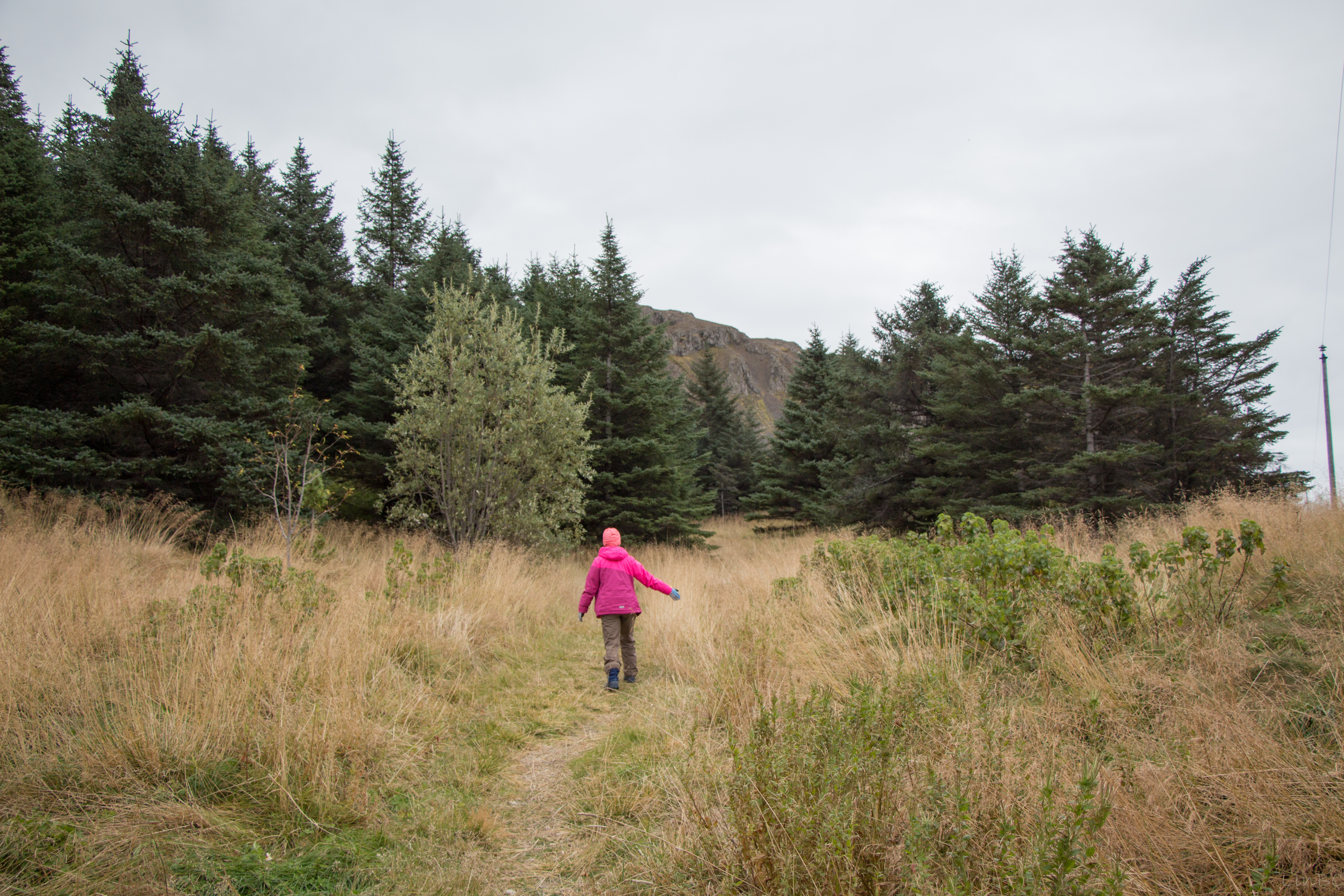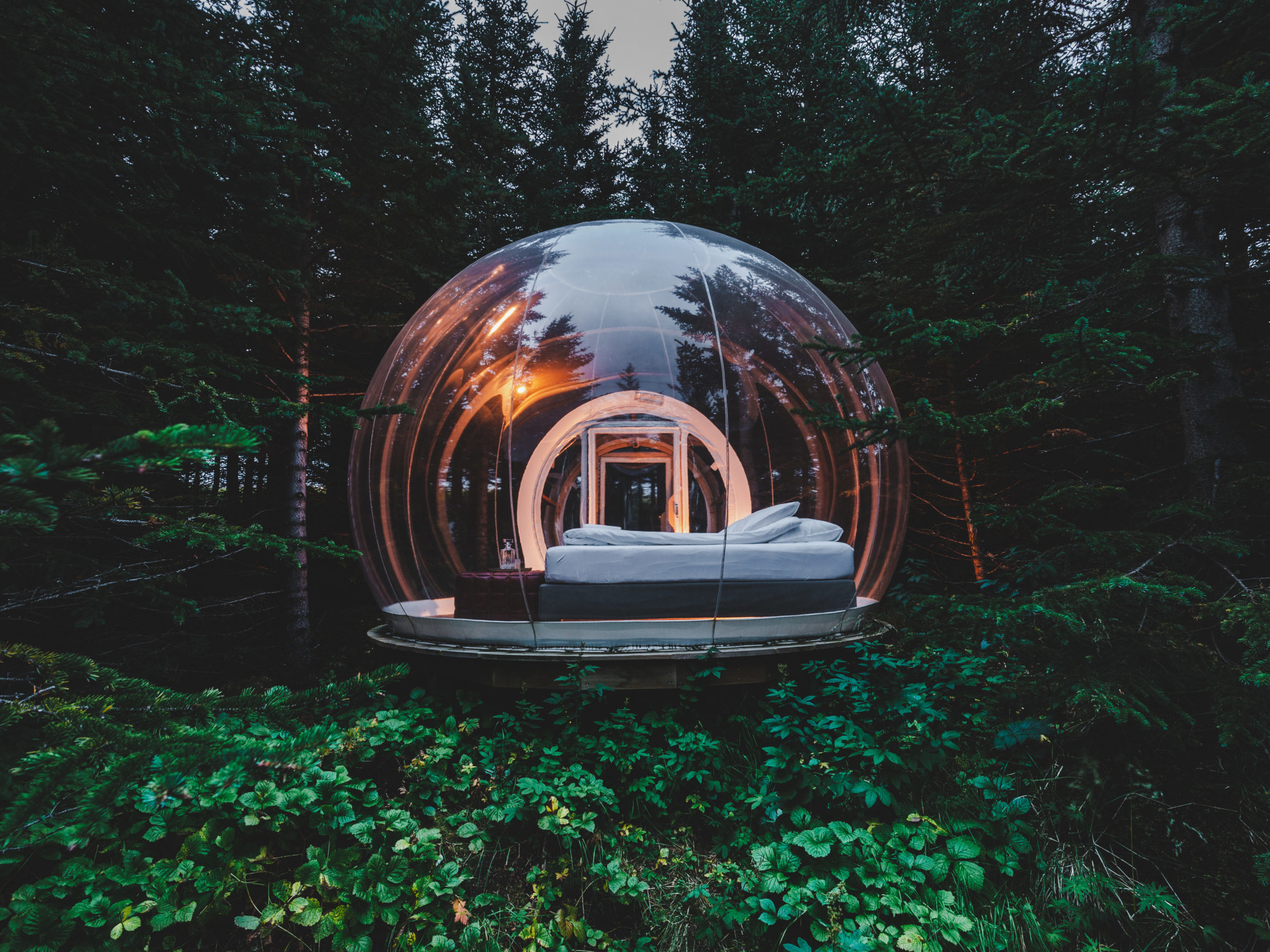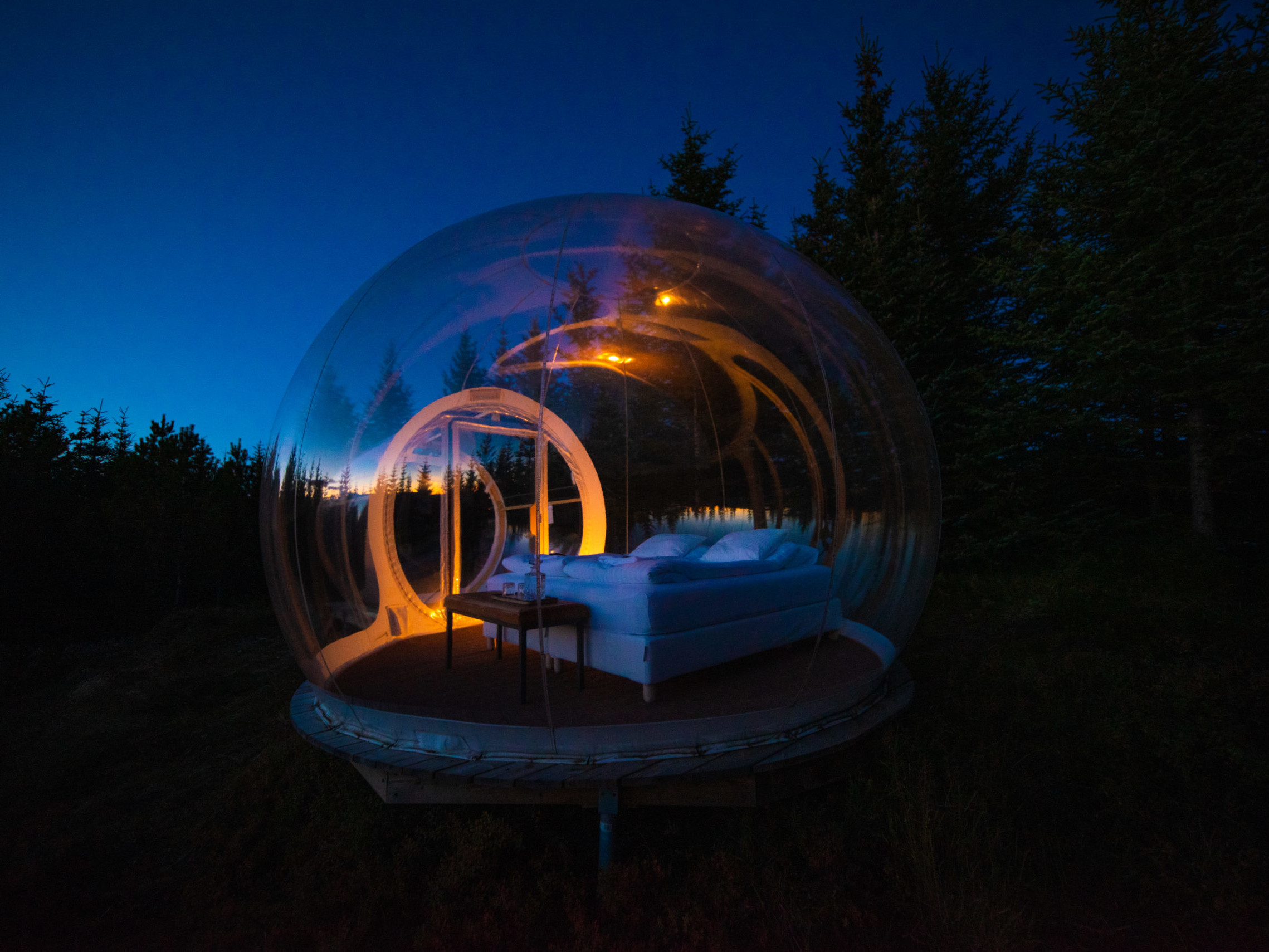Text by Sonia Nicolson
Regrowing the Icelandic Forests
There is a particular lure to visiting this otherworldly island. Some describe the landscape as a ‘moonscape’ and last year alone 1.8 Million tourists visited. This dramatic landscape is a huge draw for the film and tourism industry but for Iceland, its barren land is problematic.
Iceland is one of the most deforested countries in Europe, technically 40% of the country is a ‘wet desert’. Before the Viking settlers arrived in the 9th Century, Iceland was almost entirely covered in trees. There is archeological evidence that a quarter of Iceland was covered in forests until these settlers arrived. Vikings, living in the Iron Age, chopped down forests for timber, farmland and grazing, removing these vital pillars from the ecosystem. Now Iceland is almost tree-less.
Vegetation struggles to gain a foothold so farming and grazing are near impossible in many parts of the country. Strong winds and sandstorms also destroy the land and this has been a problem for decades now, particularly the east of Reykjavik. But Iceland is committed to bringing its trees back and returning natural life to a largely barren landscape. The main reasons for regrowing its forests are to improve and stabilise soil, help agriculture and fight climate change as trees can help offset emissions.
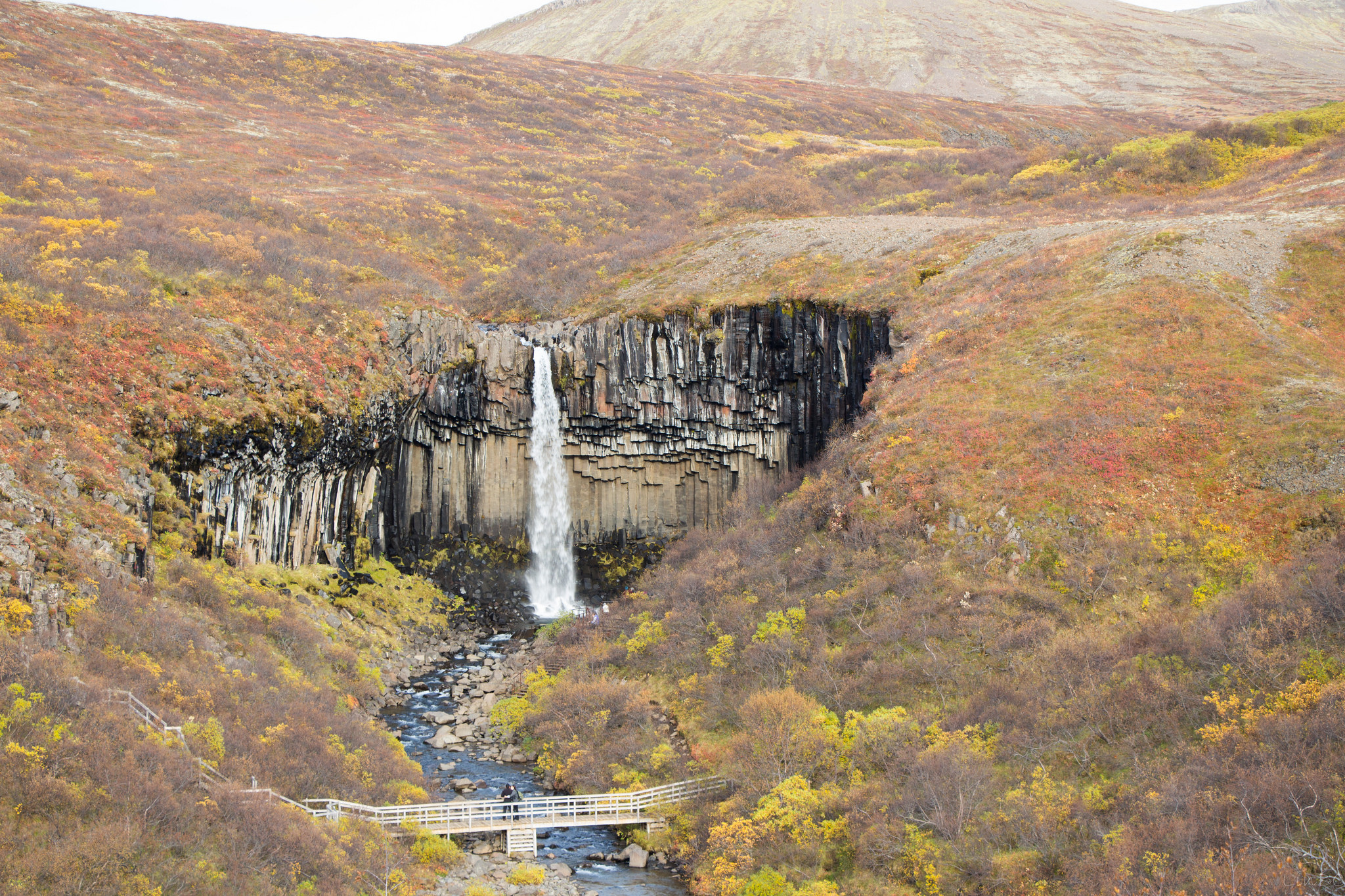
Taking Action
The government took medial actions and established a reforestation and soil conservation program at the turn of the century. First they started with conserving existing forests but in the 1950s and onwards, afforestation was seen as the only way. Reintroducing a small percentage of these trees could aid in Icelands aim to curb climate change emissions between 50% – 75% by 2050, the governments pledge in its Climate Change Statement, with less economic pain. Reinstating some of Icelands forests could help balance these emissions with the trees capturing carbon dioxide to help them grow.
Reforest sites are popping up across the countryside with native Birch and non-native Spruce being planted. These sites are overseen by the State backed Icelandic Forest Service who also manages the National Forests. Head of the Agency, Thröstur Eysteinsson, believes that even planting a small portion of Icelands long lost forests will do some good. “Over the past decades, the absence of vegetation to hold the soil caused farming and grazing to be nearly impossible in many parts of the country,”…“This was further compounded by the nation’s legendary strong winds, which contributed to severe soil erosion.”
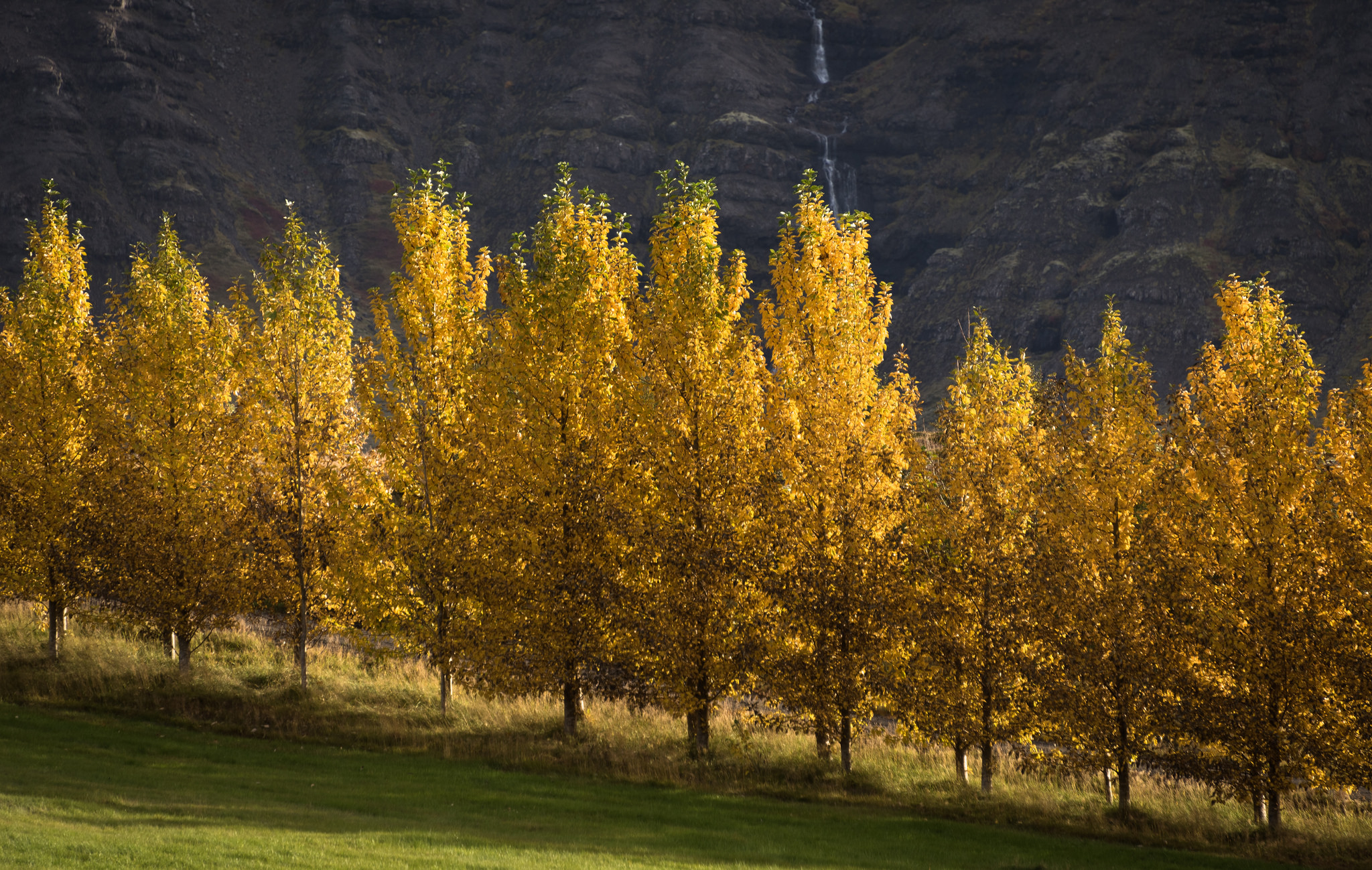
Icelands Energy
85% of Icelands energy is supplied from domestically produced renewable energy sources such as hydropower and thermal energy. According to the Icelandic and Northern Energy Portal, this is the highest share of renewable energy is any national total energy budget. However, Iceland has a high per-capita emissions of greenhouse gasses from transport and industry such as the aluminium smelting plant. Iceland could look into reducing its production and consumption but this would effect the economy, and changing a nations behaviour is very challenging i.e car sharing, taking public transport, etc.
The best investment is to plant trees as this is a financial investment and will eventually pay for itself, or even yield profit. Though it is a huge amount of work. Icelands climate is highly unpredictable and it varies each year which means slow, unpredictable growth for trees.
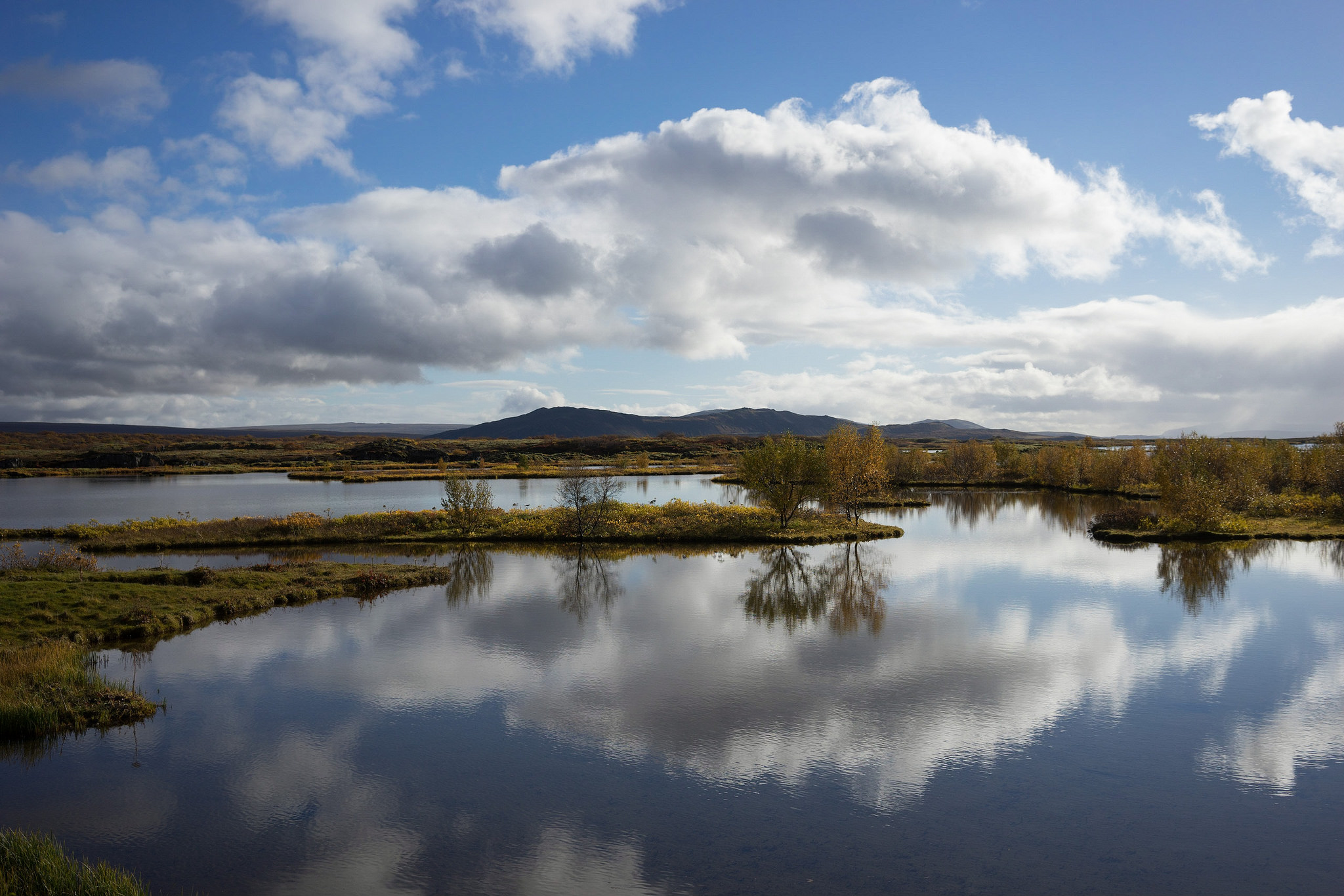
Regrowing the Forests
So Iceland is regrowing its forests but “it’s definitely a struggle,” said forester Mr. Jonsson who works for the private Icelandic Forestry Association and volunteers to plant saplings. They are growing around 3 Million new trees per year and restoring around 123,000 acres of long lost forests. It’s a slow and seemingly endless task. According to the Icelandic Forest Service, this is only around 2% of Iceland countryside.
Watch Our ‘Regrowing the Icelandic Forests’ Video
Preparing for the Trees
The process is to first evaluate the site and its existing vegetation to gain an understanding of the soils richness and help determine which trees to plant. Lyme grass is planted first which grows quickly and helps stabilise the soil. Lupine comes next, spreading across the landscape. Finally the trees are then planted, grown as saplings in local greenhouses first as importing live trees is prohibited in Iceland. Birch has been found to be best about 30% of the time, this links back to pre-settler times. It grows well in poor soil but slowly, everything grows slowly in Iceland and so meeting targets is challenging.
The sheep in Iceland roam freely and fencing is uncommon due to its cost. The sheep love saplings and so they need to be protected in order to grow and not have the natural spreading of trees interrupted. The goal is to replant 2.5% of Icelands forests but it has been said that this would take around 200 years at the rate they are going.
Funding has also been a challenge. The 2008 banking crash meant support was cut and, although the economy has since recovered, the pre-recession funding for 6 Million new trees did not.
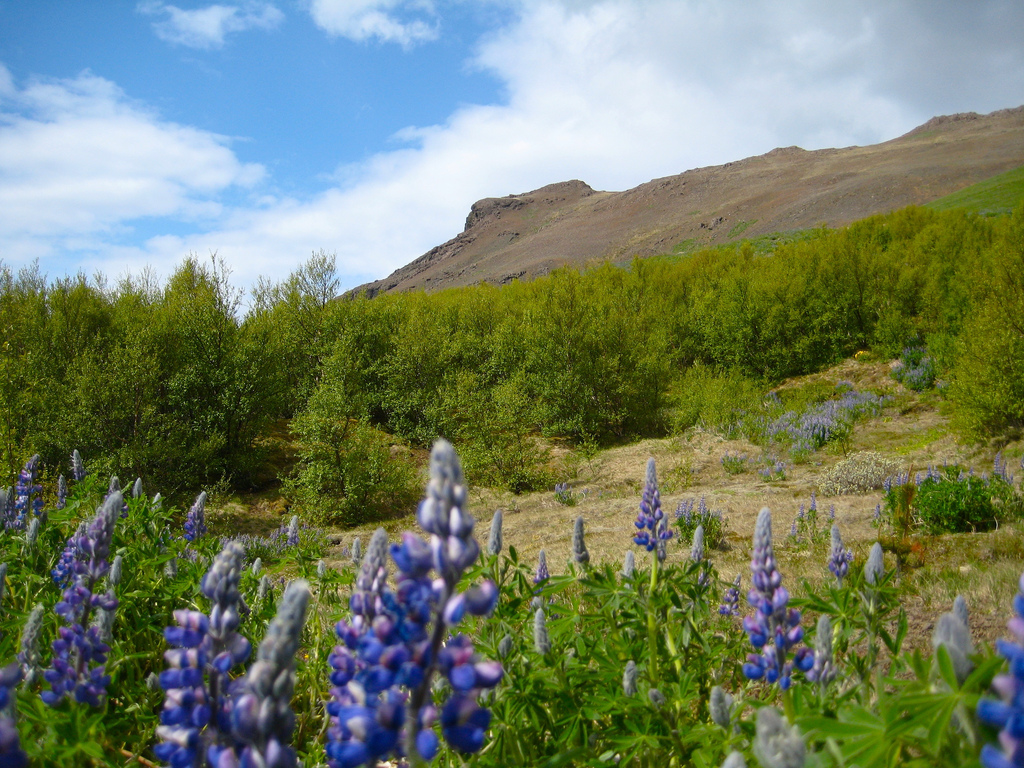
Footing the Bill, Meeting the Target
Iceland is a small country with a small population of 350,000 people per acre. This means fewer tax payers per acre. Forestry is just another item that has to compete with all the other worthwhile items people want to use tax money for. Therefore, sadly reforestation will continue to represent a very small part of the national budget.
Working with the European Union and Norway, Iceland is looking to reduce the emissions by 40% from its 1990 levels by 2050. Iceland might not grow 2% of its forests back but it could be a strong enough sign to other countries, and the international community, to show its solidarity and commitment to the climate change goals of the Paris Agreement.
